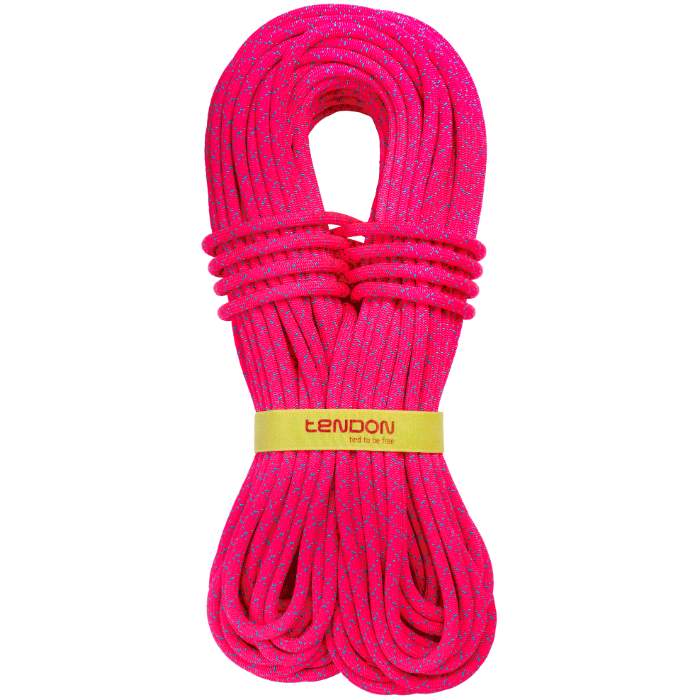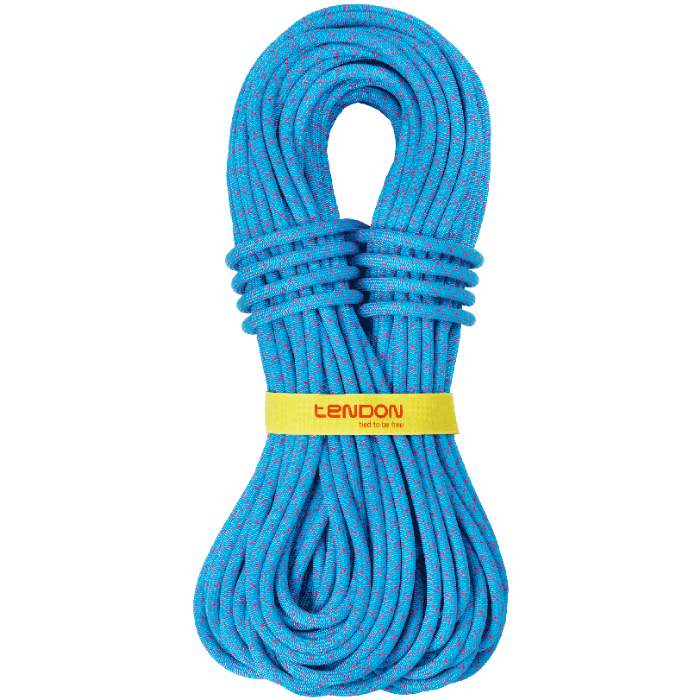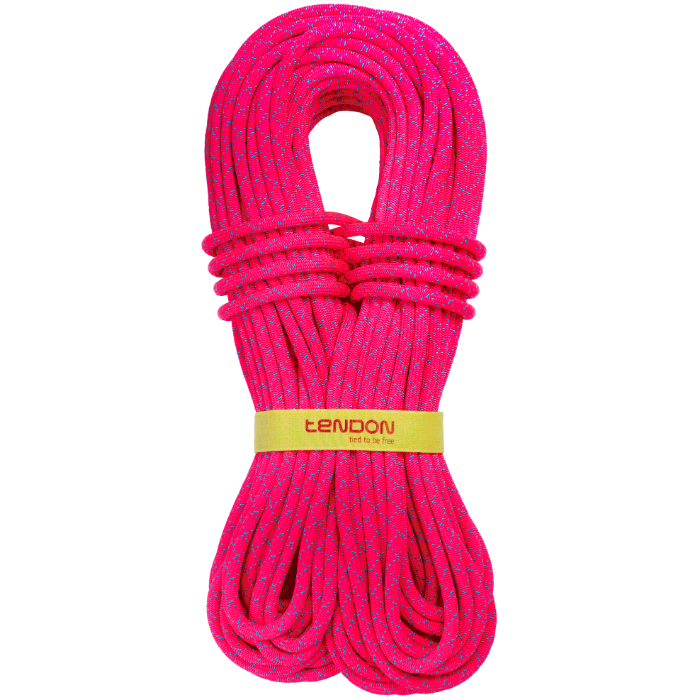9.7mm Master TeFIX 80m
Description
Technologies keep advancing. Favorite MASTER 9.7 with TeFIX® technology became even more safer and durable than its older brother. Permanent connection of a core and sheath ensures that the sheath cannot slip. Check the fresh design!
Retail price
This Product is Hard to Find.
We don’t know where you can buy this item online in the US. We’ll continue to check all the major retailers and will update this page as soon as we find one.
If you know where to find this online in the US, let us know, and we’ll add the link.
| Weight | 61.0 g/m 10.758 lbs / 4880 g |
| Diameter (millimeters) | 9.7 mm |
| Length (meters) | 80 m |
Rope Type  | Single |
UIAA Falls (Single / Half / Twin)  | 8 falls / 0 falls / 0 falls |
Dynamic Elongation (Single / Half / Twin)  | 35.0 % / 0.0 % / 0.0 % |
Static Elongation (Single / Half / Twin)  | 8.0 % / 0.0 % / 0.0 % |
Impact Force (Single / Half / Twin)  | 8.20 kN / 0.00 kN / 0.00 kN |
Dry Treatment  | None |
| Sheath Proportion (%) | |
| Sheath Slippage (mm) | 0 mm |
| Type of Middle Mark | Marking |
| Rope End Marker | None |
| Certification | CE, EN, UIAA |
RFID / NFC Option  | Yes, NFC (a specialised subset of RFID) |
No reviews yet.
If you know of a good product video that should be here, let us know, and we'll put it up.
If you're looking for gear videos in general, check out our Vimeo and YouTube channels to see the newest gear.
















